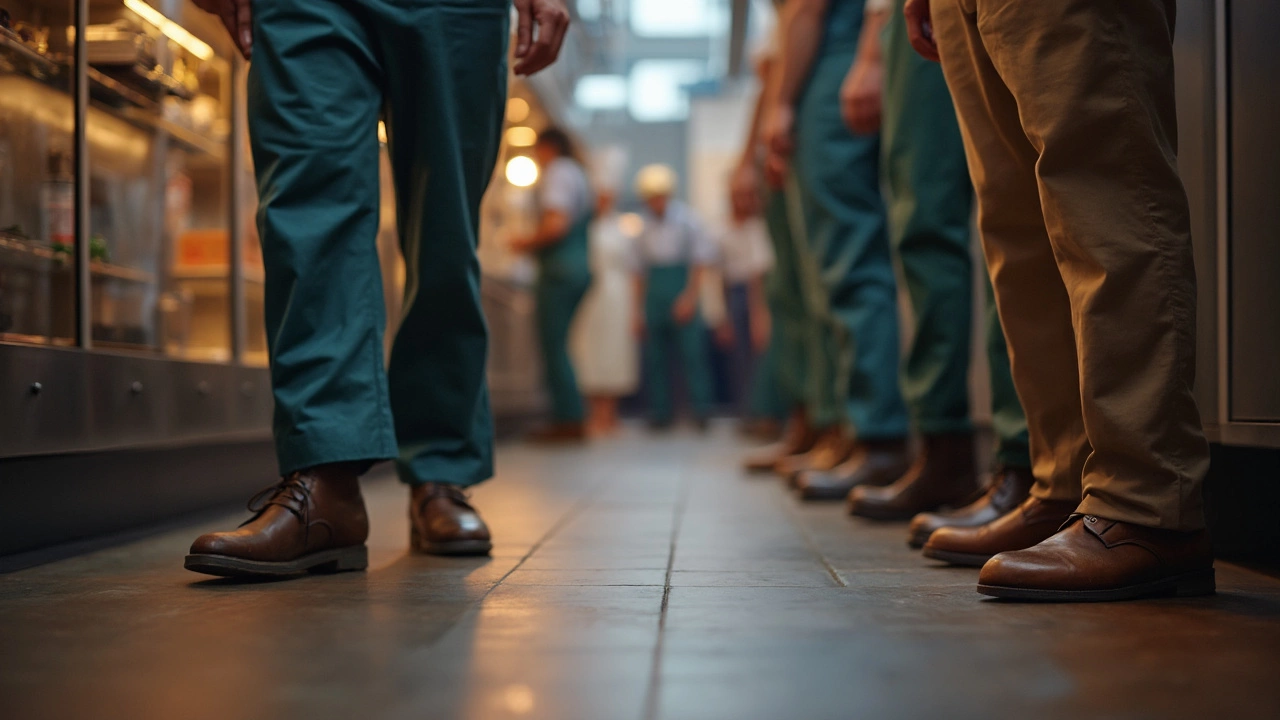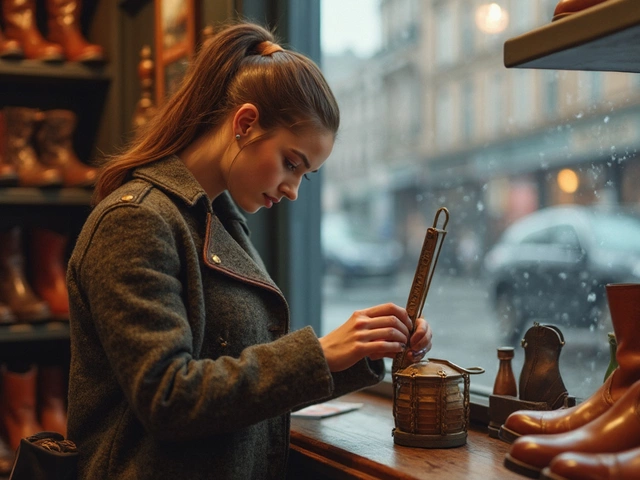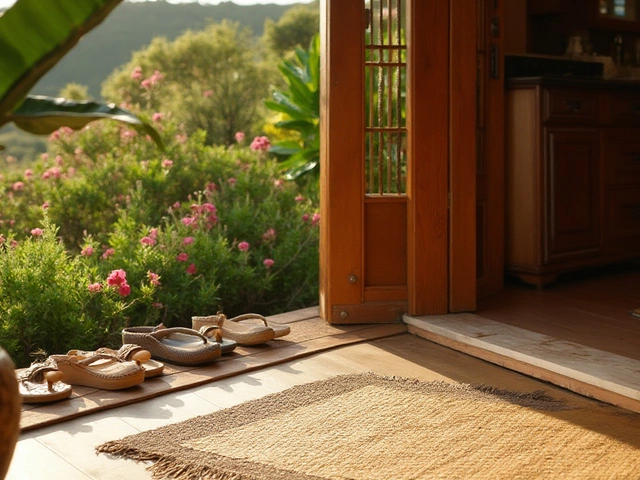Standing All Day? Here’s How to Keep Your Feet Happy
If you spend most of your shift on your feet, you know the ache that builds up by the afternoon. The good news? Simple changes to your shoes and habits can make a huge difference. Below you’ll find easy-to‑follow advice that works whether you’re a retailer, chef, teacher, or anyone who stands a lot.
Pick Shoes with Real Toe Room
First thing’s first – your shoes need space. When you walk, your toes naturally spread. If the front of the shoe is too tight, you’ll feel pressure, bruising, or even black toenails. Use the “finger test”: slide two fingers between your longest toe and the shoe’s toe box. If they fit, you’re good. This rule works for handmade leather shoes, sneakers, and even work boots.
Remember the fit guide from our post “Should Your Toes Touch the End of Your Shoes When Walking?” – it explains why a snug toe box can cause numbness and why a little extra room keeps blood flowing.
Support the Arch and Heel
Flat shoes or flimsy soles are a recipe for pain. Look for built‑in arch support or add an orthotic insole. A firm heel counter (the part that wraps around the back of your foot) stops your foot from sliding forward, which reduces calf strain. If you love the handmade vibe, many local designers offer custom insoles that match the shoe’s style.
For people who develop Morton's syndrome, as highlighted in our article on that condition, proper arch support can stop the fore‑foot pressure that triggers the nerve irritation.
Take Mini Breaks and Move
Even a 30‑second shift of weight from one foot to the other helps circulation. If you can, stand on a soft mat for a few minutes – it eases the impact on your joints. Stretch your calves, roll a tennis ball under your foot, and wiggle your toes. These micro‑exercises keep muscles from locking up.
Choose the Right Socks
Thin cotton socks trap sweat and cause blisters. Opt for moisture‑wicking fabrics like bamboo or merino wool. They keep your feet dry, reduce friction, and add a thin layer of cushioning without making your shoes feel tight.
When to Swap Out Shoes
Even the best handmade shoes wear out. If the sole is smooth, the stitching is coming apart, or you notice uneven wear, it’s time for a replacement. Our guide “When to Buy New Slippers” gives clear signs for any footwear, not just house shoes.
Investing in quality, well‑fitted shoes may cost a bit more upfront, but it saves you from costly foot problems later.
Final Quick Checklist
- Two fingers of space at the toe box.
- Firm heel counter and arch support.
- Moisture‑wicking socks.
- Micro‑breaks every hour.
- Inspect shoes for wear every month.
Follow these steps and you’ll notice less fatigue, fewer aches, and a better mood at the end of a long shift. Your feet deserve the same care you give your customers, so give them shoes that fit, support, and last.

Is Being on Your Feet for 12 Hours Bad? What You Need to Know
Standing for 12 hours straight can put a serious strain on your body, especially if your shoes aren't made for marathon shifts. This article breaks down what really happens to your feet and legs during long workdays, the warning signs of trouble, and how to protect yourself. Get practical tips for picking better work shoes, using simple hacks to handle long hours, and spotting when your job is affecting your health. If you’ve ever limped home after work, this guide has your back.




